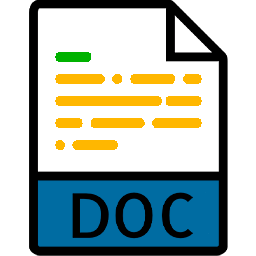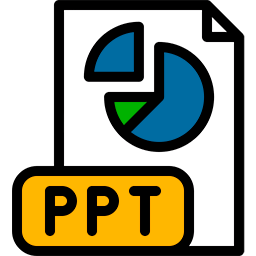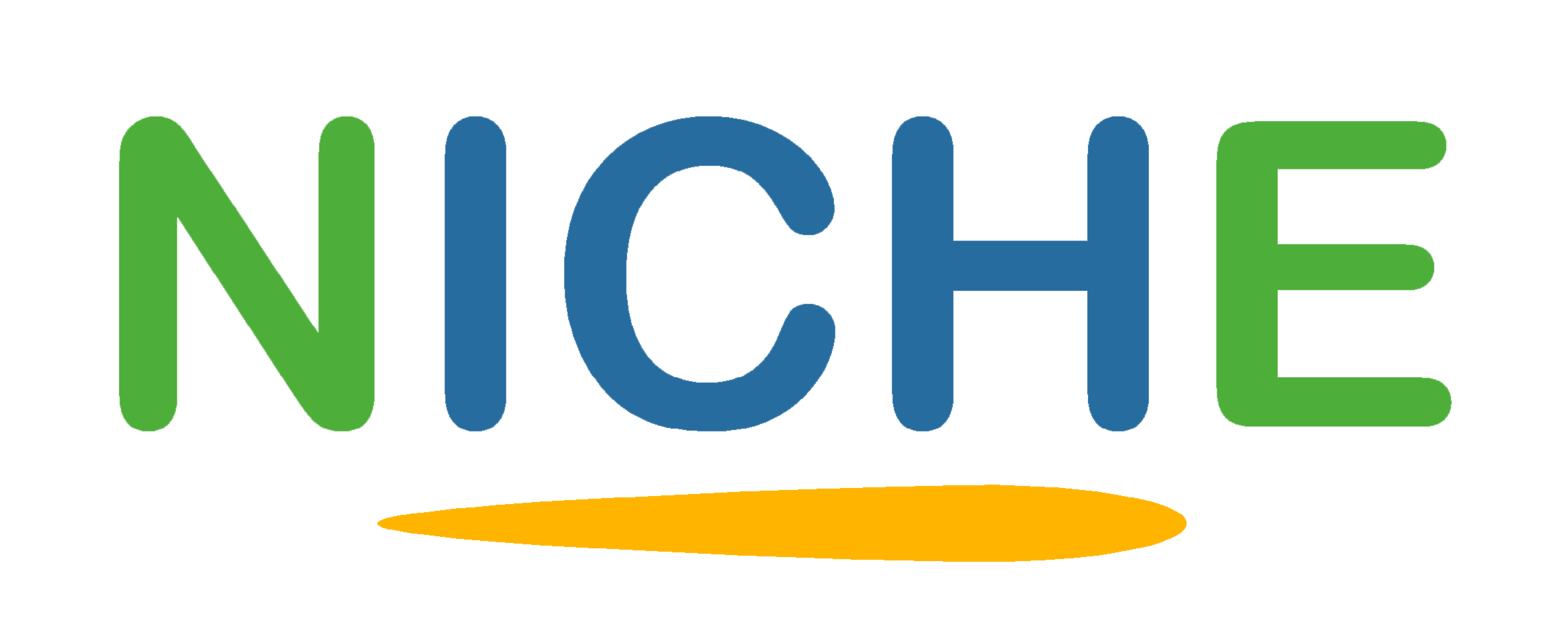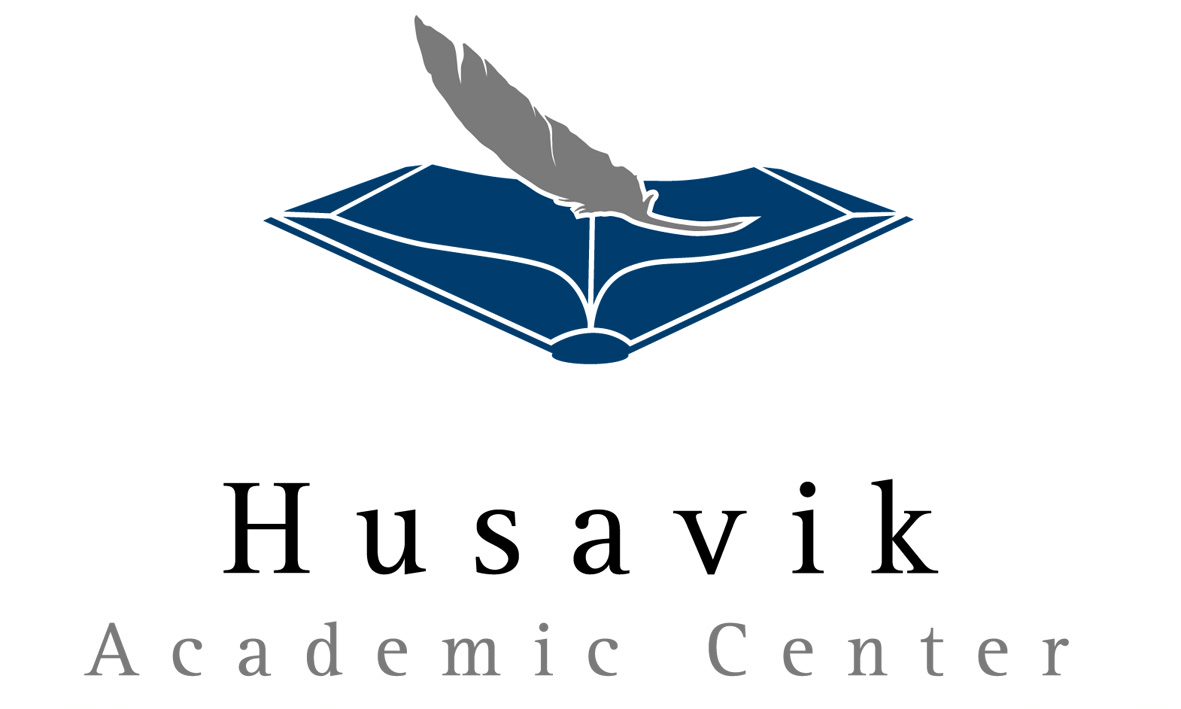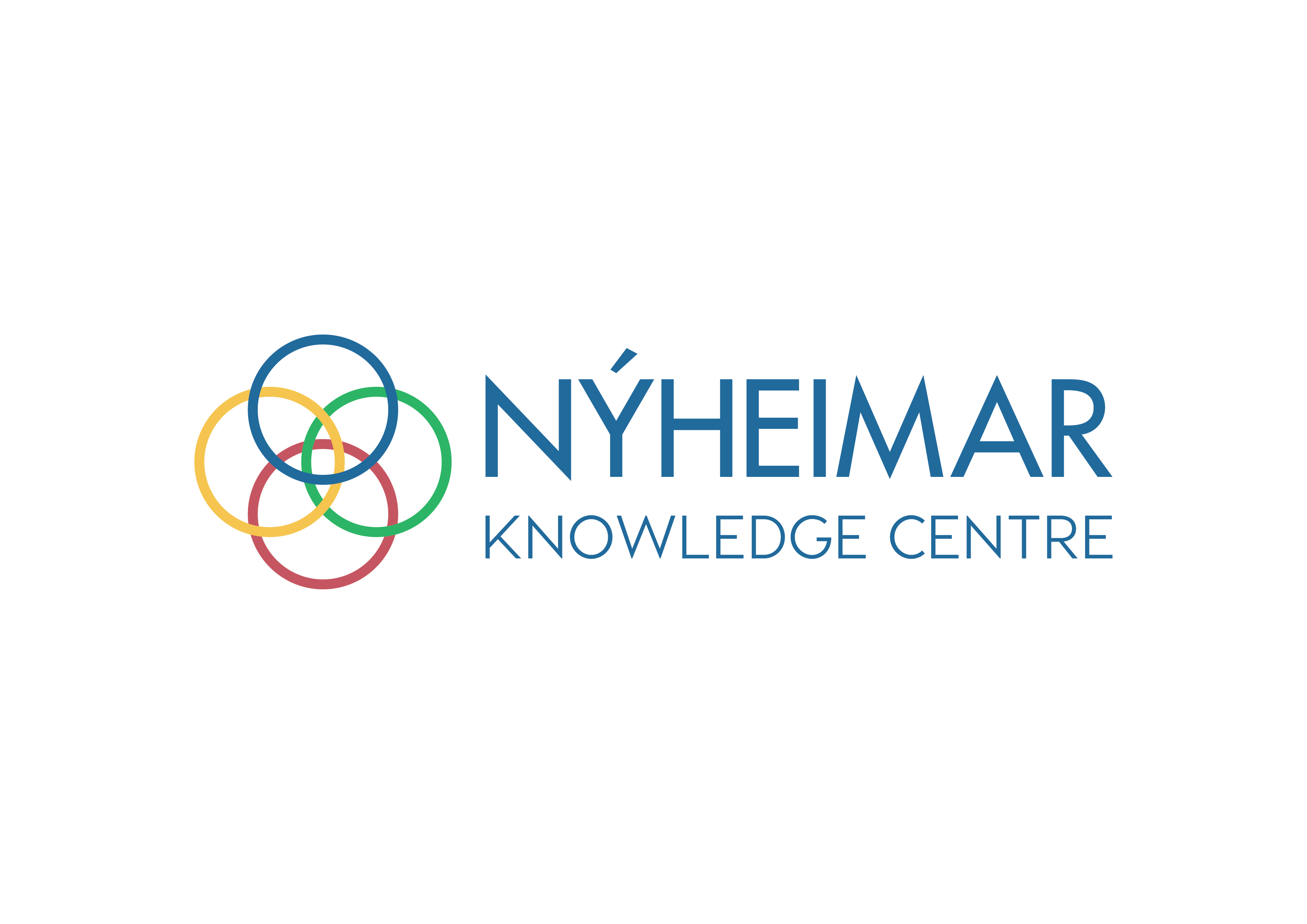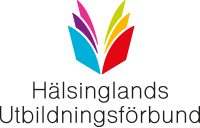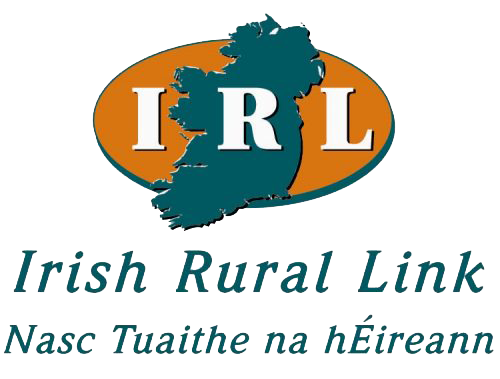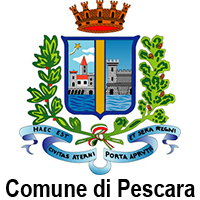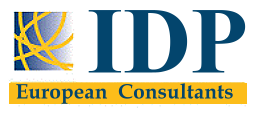|
Goals
GoalsClick to read 
- Develop ideas: The process of ideation will be introduced, with some examples of methods that can be useful when it comes to analysing opportunities, organising thoughts and developing ideas.
- Set goals: Goal setting is about realizing where we are going and making a plan for how to get there. The study material provides advice on successful goal setting.
- Deal with obstacles: Methods to identify obstacles, and tools to deal with challenges that may arise, will be presented.
Introduction
Intangible cultural heritageClick to read 
Intangible cultural heritage, transmitted from generation to generation, is constantly recreated by communities and groups, and provides them with a sense of identity and continuity, thus promoting respect for cultural diversity and human creativity
UNESCO
Entrepreneurship and intangible cultural heritageClick to read 
|
Why entrepreneurship?
|
|
• Entrepreneurship is an important contribution to the economy.
• Ingenuity and innovation are an unlimited resource.
• New jobs and value creation.
• Supports many of the United Nations‘ Sustainable Development Goals
|
 |
|
Why intangible cultural heritage?
|
• Convention for the Safeguarding of the Intangible Cultural Heritage, UNESCO.
• Increases understanding and respect for the environment and traditions.
• Positive effects on identity and relationships, for example connection to area and communication between people with different backgrounds.
• Economic benefits.
• "Traditions live because they are passed on from person to person"
|
 |
The heritage is part of the local identity, and culture represents a driver of sustainable development. By developing a business in this domain, it is possible to revive the forgotten potential of the region that may offer unique products in the tourist market and complementary activities, to increase employment, with positive externalities on quality of life.
Vasile Valentina et al. / Procedia - Social and Behavioral Sciences 188 (2015) 16 – 26
Imagine the future and identifying opportunities
Imagine the future and identifying opportunitiesClick to read 
What are the opportunities for entrepreneurs in the field of intangible cultural heritage?
Intangible cultural heritage spans a wide range and evolves constantly.
Opportunities can be found widely!
I Ideation: Introduction to the process of ideation to formulate a vision.
I Identifying opportunities: How to discover and analyse opportunities.
I Goal setting: Methods for goal setting are presented as an important part of success.
IdeationClick to read 

Ideation is a process that involves getting ideas, working on them, shaping and developing them.
The process is also about looking at ideas and trying to view at them from different prespectives. Attempts are made to examine all aspects of the case, including those that at first seem unpredictable.
You can start with no idea, many ideas, or even ideas that have already been implemented.
Ideas can be developed in various ways. Methods of idea development have been formed and tested in diverse situations and can apply differently to projects and individuals.
It can be effective to combine methods to develop ideas!
Ideation – examples of methodsClick to read 
|
Brainstorming
A method to evoke ideas. The method can be applied either individually or in groups.
Brainstorming without the hassle of computers and smart devices is often recommended. It can be more effective to create an atmosphere and situation that might open the mind and stimulate thoughts. How about sitting outdoors with a pen and paper?
|
|
Mind map
Mind maps can be drawn either with pen and paper or with special software. With a mind map, the development of ideas takes on a visual form, making it easier to form, categorize, connect and organize thoughts.
|
 |
|
6 Thinking Hats
Method, created by Edward de Bono, to improve the structure of thinking and decision making.
An idea is critically examined, from different perspectives, by “putting on” different imaginary hats. Each hat represents a particular point of view or mindset: process, creativity, facts, benefits, feelings and cautions.
This method is mainly used in group work. The best result is obtained by limiting the time that each person is "wearing" each hat for just a few minutes.
|
|
The Star
Draw a star with six angles. Write the idea you are working on in the centre of the star. Divide the words who, what, where, when, why and how on the angles of the star. Then you will examine your idea by asking questions that begin with the six key words in the star angles.
|
 |
|
Scenarios
Looking towards the future will always include a great deal of uncertainty. Scenarios can be drawn to shed a light on a possible situation in the future. By doing so, it is possible to get a certain preparation for what is to come – a kind of a simulator for the future!
When imaging the future by using scenarios, various factors can be taken into account, e.g. changes in business behaviour or natural environment.
Working with scenarios can be done with some difference in emphasis, for example by focusing on analysis or prediction. All in all it is a strategic planning method that can be useful when making a long-term plan that allows flexibility.
|
Identifying opportunitiesClick to read 
Starting up a project, developing or modifying an operation in progress... Being able to find and evaluate possibilities is valuable for entrepreneurs. Opportunities in the sector of intangible cultural heritage are probably almost unlimited.
But how do we identify opportunities?
Identifying opportunities is a process that can be trained and improved. Moreover, it is an ongoing process, practical in all stages of entrepreneurial activity.
Several methods, principles and tips can help you on the way! Approaches that explore the multifaceted internal and external factors relevant for your operation can provide a meaningful guidance.
When looking for opportunities...
...do research and collect information about the market.
...stay informed about market trends.
...keep your eyes open for gaps in the market.
...use your creativity.
...reflect on how you can discover opportunities and create them yourself!

Identifying opportunities – examples of methodsClick to read 
Market Opportunity Assessment
Performing a market opportunity assessment can be beneficial for all types of businesses and organizations. This method can be carried out in different ways and various guidelines are to be found. The main purpose of the assessment is to examine some key factors in business, for example by doing a thorough research on customers, competition, the business environment factors and the market in general.
A market opportunity assessment may involve the application of other methods. Implementing a PESTLE or SWOT analysis can thus be a part of a detailed market opportunity assessment.
PESTLE Analysis
A strategic framework to analyse six aspects of the external environment of companies or institutions. The analysis sheds a light on macro, external and uncontrollable factors: political, economic, socio-cultural, technological, environmental and legal.
This method can be adapted to different needs and circumstances. In some cases it could for example be useful to look at each factor in a geographical context and analyse on local, national and global scale separately.

|
SWOT
|
|
A method to analyse the strengths and weaknesses of internal origin, as well as the threats and opportunities of external origin. SWOT is an example of strategic planning techniques.
|
 |
| Ansoff Matrix |
| The Ansoff Matrix is one of the most common market planning tool to analyse and plan for growth. The model demonstrates four strategies for companies' growth and can be used to assess the risk related to each strategy. |
 |
|
Studying closely the model´s four ways off growing, that is market development, market penetration, diversification and product development, will give a better understanding of the method.
|
Stronger together
A common piece of advice about identifying opportunities relates to the value of cooperation and communication. Diverse connections are vital when analysing different aspects of the market, for example customers expectations, main competitors or distribution channels.
Sound knowledge and insight into trends and development in the entrepreneurs field can be obtained through various communication and relationships. Reviewing publications, news and other notification related to relevant subject is a well known way to keep up to date.
Goal settingClick to read 

• The goal needs to be defined.
• A goal should be clear, distinct, realistic and measurable.
• Focus on the goal and keep the focus.
• Make a strategy based on the goal and plan for achieving the goal.
• The plan, which marks the path to the goal, should include as much incentive as possible, for example with well-defined work components or micro-objectives. The pleasure of completing each part gives motivation.
Mission statement
“A formal summary of the aims and values of a company, organization, or individual.”
A mission statement is in general short, typically just one sentence or a short paragraph. The statement makes the purpose of the project clear to people both inside and outside the company.
Vision statement
“An aspirational description of what an organization would like to accomplish in the medium or long-term future. It is intended to serve as a clear guide for choosing current and future courses of action.”
A vision statement can be a short sentence or a longer paragraph. The purpose of a vision statement is to clarify goals and objectives. The statement brings a strategic direction for a company or a project.
Goal setting – examples of methodsClick to read 

SMART
The method provides five words that should characterise every goal. According to the method, a goal should be specific, measurable, attainable, realistic and time bound.
One word
Various factors and elements can easily get in the way, making it difficult to identify goals. By focusing on one word and excluding everything else, the spotlight can be focused on the core topic: The goal itself.

Locke and Latham´s five principles of goal setting
Locke and Latham are among the most respected researchers in the field of goal setting. Their studies indicate that goal setting is a vital factor in performance improvement. According to their studies, goal setting makes motivation work, by supporting other motivators in people´s environment.
Locke and Latham have defined five principles that will lead to the most successful goal setting. These principles concern clarity, challenge, commitment, complexity and feedback.
Backward goal setting
The goal itself can shed a light on the way towards it. By imagining that the goal has been achieved, it is possible to also imagine what made the success. We envision the path to the goal and draw a plan based on that.
Vision Board
This method can be implemented in various ways, for example by drawing or painting a picture or making a video. Vision board is about making the goal visual, which contribute to a clearer vision and focus.
Soft skillsClick to read 
In addition to diverse methods and tools, the personal skills of the entrepreneur are also important for the process of ideation and goal setting.
Skills are not to be seen as a fixed or unchangeable factors in individuals, on the contrary, they evolve, develop and change.
Competences can therefore be obtained and acquired, for example, through education and experience.

Overcoming challenges
Overcoming challengesClick to read 
How can we overcome obstacles?
Various methods can be useful when challenges arise.
It is important to be familiar with helpful approaches before facing complex situations.
I Possible challenges : Some examples of challenges that might appear when entrepreneurs work in the field of intangible cultural heritage.
I Strategy : Overview of important resources and tools that can be helpful when dealing with challenges.
Challenges – good to knowClick to read 
Resources and Support
• Where can the project get a backup, for example in case of questions related to technology, law and regulations or accounting?
• Does the project meet the requirements of grant funds?
• Which doors can be opened with collaboration?
Look up for the possibilities for guidance and help for your project! Support and professional assistance will be found widely, free of charge or against payment.

Entrepreneurship and intangible cultural heritage-possible challengesClick to read 
Entrepreneurs are likely to face certain common challenges. In addition to these general challenges, entrepreneurs working with intangible cultural heritage might confront some more specific obstacles:
- The transmission of cultural heritage can depend on factors that are difficult to predict, for example due to technological progress and changes in travel behaviour.
- Legal frameworks and regulations can set restrictions.
- Disagreements may arise over the utilization of cultural heritage.
- Entrepreneurial work can require patience in terms of profitability
- Is the use of cultural heritage sustainable?
Challenges – examples of strategiesClick to read 
Grants and Funding
Entrepreneurs can in many cases apply for grants for their projects. It is worth checking the availability for domestic, foreign and multinational funds. It is also important to be familiar with entrepreneurs´ rights and duties in terms of unions and tax authorities.
Consultation
Entrepreneurs can seek advice widely, about for example company development, business and taxes. It is also worth mentioning the value of getting consultation in the field of each entrepreneur, in this case intangible cultural heritage. Such advice can in many cases be obtained from professional institutions and organizations.
Network
Research on the progress of entrepreneurships, in the field of intangible cultural heritage, often reveals the importance of a network. Networking can be done in various scales and formats, such as participation in collaborative projects, seminars or conferences, within a district or in an international context.
Core skills
Competencies that sometimes are called soft skills. Different skills can be very useful when it comes to resolving issues. Organization, communication and patience are examples of such skills.
Summing up
Summing upClick to read 
|


 Play Audio
Play Audio 

